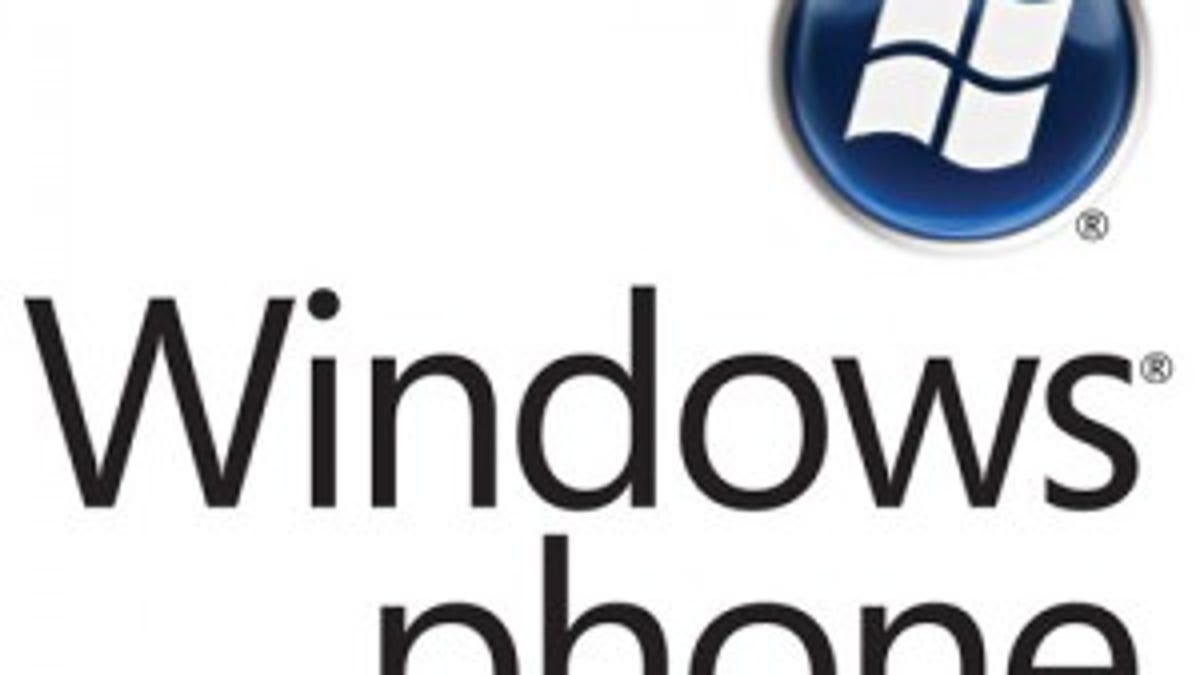Windows Phone 7 has an app kill switch, too
Tucked deep down inside of Windows Phone 7 is a security measure that lets Microsoft remove or disable apps gone rogue. Competitors Apple and Google also offer the feature.

Updated at 2:12 p.m. PT, with additional comment from Microsoft.
Microsoft has joined the ranks of Apple and Google in placing what, to some, is considered a controversial security measure into its mobile application platform.
Built into Windows Phone 7, and the apps made available through the included marketplace application, is a layer of security that lets Microsoft disable or remove entirely an application from a user's device. The safety feature, it turns out, was also included in Windows 6.5 through the Windows Marketplace for Mobile.
According to a PC Pro interview with Todd Biggs, Microsoft's director of product management for the Windows Phone Marketplace, this is a worst-case scenario type of security measure, and something that is unlikely to be a common occurrence given the company's testing process prior to an app becoming available on the market.
The more common route, as explained to CNET by Todd Brix, Microsoft's senior director of Windows Phone Product Management, is that Microsoft will get in touch with a developer and try to get them to fix a problem once it's discovered. If that can't be done quickly, an app will be pulled down from the Marketplace. Brix told us that using the kill switch, or "revocation" as it's officially known, is mainly there to solve something with a widespread negative impact on users.
Brix noted that people thinking about picking up a Windows Phone 7 device shouldn't live in fear of having their applications disappear. "It's about making sure we have access to high quality apps--a broad selection of apps--and music and other types of content through that shopping experience, and to be able to download and purchase with convenience and confidence," Brix said.
The other part of the equation, Brix explained, was making the list of what can and can't be done as transparent as possible. "We don't have any secret rules. We publish all the test cases--we certify those against what users test to." That includes things like keeping applications from inadvertently sharing user information or location, and keeping malware out. "This is common sense protection for the general consumer," Brix said.
Apple made headlines in late 2008 when it was discovered that built into every app was a line of code that would phone home to make sure it wasn't on Apple's blacklist, and the app would become disabled if it was. This was later revealed to be more about protecting the security of a user's location for apps that might seek to share it without the user knowing. Around the same time it was discovered that Google's Android had a kill switch of its own that would let Google remove an application remotely.
The presence of a software kill switch would not be a first for Microsoft, which as mentioned earlier included such a feature at the tail end of the previous Windows Phone generation. It was also put into place at an OS level in the first incarnation of Windows Vista. However, that in itself was less about stopping potentially harmful developers, versus keeping people who might have pirated the software from using it to its fullest. That feature was later removed with the software's first major service pack, due in part to what Microsoft said was a much lower rate of piracy.

